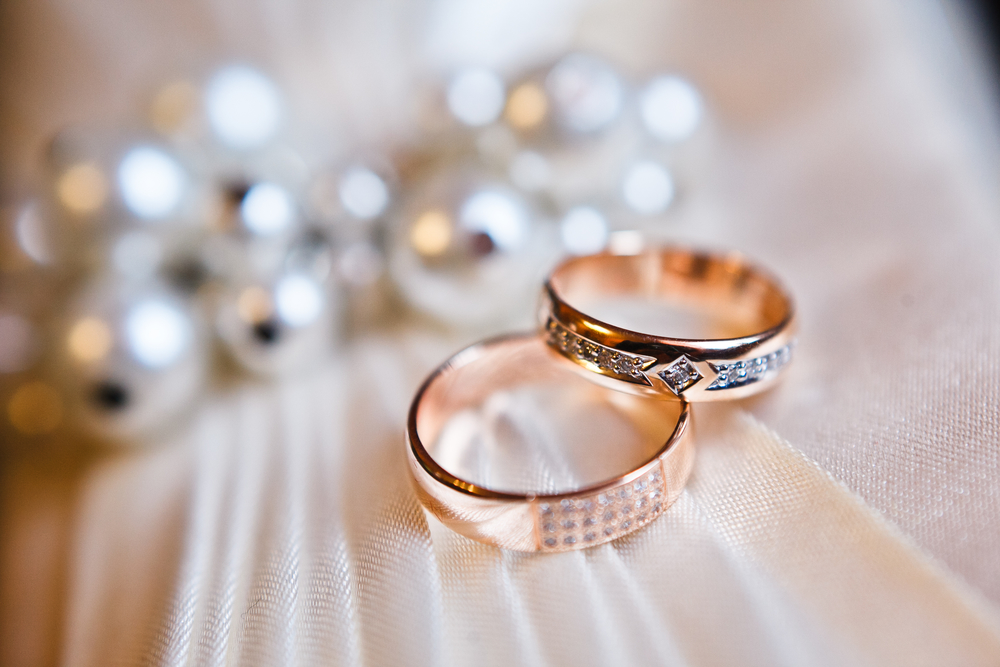Any piece of music can be used as the bride makes her way down the aisle. The “Bridal Chorus” from the opera “Lohengrin” by Richard Wagner is the tune most people are familiar with. It is rather a strange placement for this piece of music, as in the opera it is sung after the bridal ceremony. Though it does have words, in traditional weddings they are seldom used. The song is most often played on an organ. We in the English speaking world just simply call this the “Here Comes the Bride” song.
Just as it is tradition to walk down the aisle to music, it is also the norm to exit back up that same aisle as man and wife to the tune of the “Wedding March” from Felix Mendelssohn’s adaptation of “A Midsummer Night’s Dream.” Both of these selections became increasingly popular after the wedding of Princess Victoria in the mid 1800s.
“Here Comes the Bride” is not accepted by all cultures or faiths. Jewish weddings do not have processionals so the work is rarely heard, especially at the more traditional Orthodox ceremonies. The Lutheran Church, Missouri Synod sometimes opposes the song because the Lutheran faith was opposed to theatrical performance before World War One. Wagner’s opera also contains references to paganism. The Roman Catholic Church seldom allows the song because it has been, in their opinion, overused by the film and television industry and promotes sentimentality rather than worship.
The Wedding March

Let us know if you liked the post. That’s the only way we can improve.










